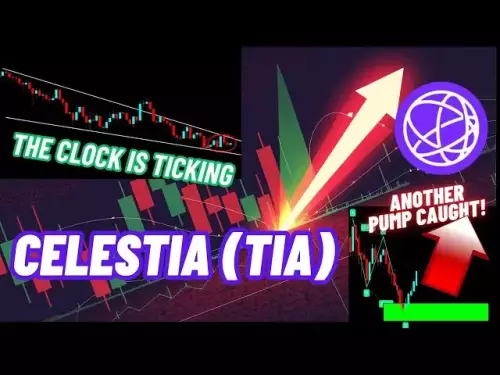-
 Bitcoin
Bitcoin $108300
-2.56% -
 Ethereum
Ethereum $4395
-1.64% -
 XRP
XRP $2.833
-2.65% -
 Tether USDt
Tether USDt $1.000
-0.01% -
 BNB
BNB $859.3
-1.19% -
 Solana
Solana $206.5
-4.32% -
 USDC
USDC $0.9999
0.00% -
 Dogecoin
Dogecoin $0.2172
-1.48% -
 TRON
TRON $0.3397
-1.23% -
 Cardano
Cardano $0.8361
-1.03% -
 Chainlink
Chainlink $23.37
-3.16% -
 Hyperliquid
Hyperliquid $44.50
-2.30% -
 Ethena USDe
Ethena USDe $1.001
-0.03% -
 Sui
Sui $3.318
-3.27% -
 Stellar
Stellar $0.3616
-2.99% -
 Bitcoin Cash
Bitcoin Cash $532.7
-4.23% -
 Cronos
Cronos $0.2999
-1.70% -
 Avalanche
Avalanche $23.71
-4.83% -
 Hedera
Hedera $0.2280
-2.65% -
 UNUS SED LEO
UNUS SED LEO $9.501
-0.86% -
 Litecoin
Litecoin $110.8
-1.83% -
 Toncoin
Toncoin $3.091
-1.26% -
 Shiba Inu
Shiba Inu $0.00001240
-1.06% -
 Polkadot
Polkadot $3.814
-2.77% -
 Uniswap
Uniswap $9.712
-2.23% -
 Dai
Dai $0.9999
0.00% -
 Bitget Token
Bitget Token $4.546
-1.23% -
 Aave
Aave $317.7
0.91% -
 Monero
Monero $261.9
-0.95% -
 Ethena
Ethena $0.6649
-0.51%
What is the metaverse and what is its connection to crypto?
The metaverse is a blockchain-powered digital universe where users interact, own assets via NFTs, and earn crypto in immersive 3D worlds.
Aug 30, 2025 at 03:20 am
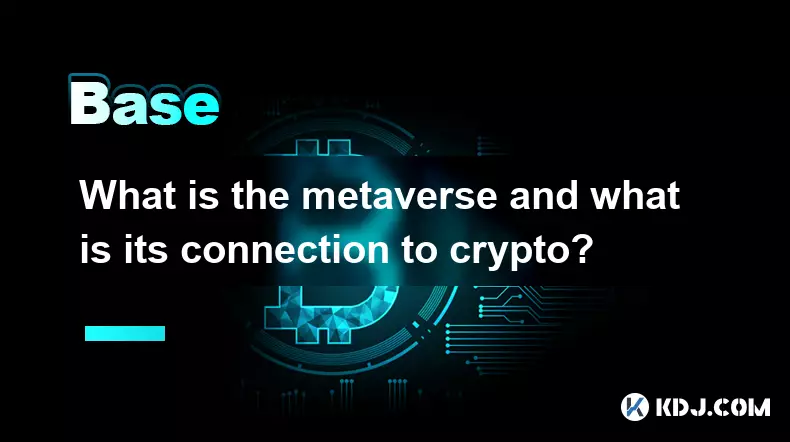
Understanding the Metaverse in the Digital Age
1. The metaverse refers to a collective virtual shared space, created by the convergence of virtually enhanced physical reality, augmented reality (AR), and the internet. It is an immersive digital universe where users interact with each other and digital environments through avatars. These interactions can range from social gatherings and gaming to commerce and education, all occurring in real time within a 3D space.
2. Unlike traditional online platforms, the metaverse is persistent—meaning it continues to exist and evolve even when individual users are not logged in. This persistence allows for continuity in experiences, ownership, and economic activity. The infrastructure supporting the metaverse relies heavily on blockchain technology to authenticate digital identity, verify asset ownership, and enable trustless interactions.
3. Major tech companies and startups alike are investing heavily in building metaverse platforms. These include virtual worlds like Decentraland, The Sandbox, and Somnium Space, which are not only interactive environments but also function as decentralized economies. In these spaces, users can buy land, create content, and monetize their digital presence, all powered by underlying blockchain networks.
4. The visual and experiential components of the metaverse are supported by advancements in virtual reality (VR) hardware, spatial audio, and real-time rendering engines. However, the backbone of the metaverse’s functionality—especially regarding ownership and value transfer—is rooted in cryptographic protocols and decentralized systems that ensure transparency and user control.
Crypto as the Economic Engine of the Metaverse
1. Cryptocurrencies serve as the primary medium of exchange within most metaverse ecosystems. Users spend digital tokens to purchase virtual real estate, wearables, artwork, and services. These transactions are recorded on public blockchains, ensuring verifiable ownership and reducing the risk of fraud or duplication.
2. Tokens such as MANA (Decentraland) and SAND (The Sandbox) are utility and governance tokens that power their respective platforms. They allow users to vote on platform upgrades, participate in events, and earn rewards for contributing content. These tokens are traded on major exchanges, linking the internal economies of metaverse platforms to the broader crypto market.
3. Non-fungible tokens (NFTs) play a crucial role in establishing digital ownership within the metaverse. Each piece of virtual land, avatar accessory, or digital artwork is often minted as an NFT, providing a unique, tamper-proof certificate of ownership. This enables users to buy, sell, and trade digital assets across marketplaces with full provenance.
4. Play-to-earn models have emerged as a significant trend, where users earn crypto rewards by participating in games or contributing labor within the metaverse. For example, players can mine resources, complete quests, or rent out virtual properties, receiving crypto payments that can be converted into real-world value.
Interoperability and Decentralized Identity
1. One of the core promises of the crypto-powered metaverse is interoperability—the ability for digital assets and identities to move seamlessly across different virtual worlds. Blockchain enables this by providing a shared, decentralized ledger where ownership records are universally accessible.
2. Decentralized identifiers (DIDs) allow users to maintain a single digital identity across multiple platforms without relying on centralized authorities. This identity can be linked to a crypto wallet, giving users control over their data, reputation, and assets regardless of which metaverse environment they enter.
3. Smart contracts automate agreements and transactions within the metaverse. For example, a rental contract for virtual land can be programmed to release funds to the owner only when specific conditions are met, such as the tenant fulfilling usage terms. These self-executing contracts reduce the need for intermediaries and increase efficiency.
4. Open standards like ERC-721 and ERC-1155 on the Ethereum blockchain have become foundational for creating interoperable NFTs. Projects building on these standards ensure that assets created in one metaverse can potentially be used or recognized in another, fostering a more connected digital ecosystem.
Frequently Asked Questions
What role does blockchain play in the metaverse?Blockchain provides the infrastructure for secure ownership, transparent transactions, and decentralized governance in the metaverse. It ensures that digital assets are uniquely owned and transferable without reliance on central authorities.
Can I make real money in the metaverse using crypto?Yes. Users can earn cryptocurrency through activities like selling virtual land, creating digital art, or participating in play-to-earn games. These earnings can be withdrawn and exchanged for fiat currency on crypto exchanges.
Are all metaverse platforms built on crypto?No. While decentralized metaverse platforms rely on blockchain and crypto, some corporate-driven versions (like those from Meta or Microsoft) operate on centralized systems and may not use cryptocurrency as a core component.
How do NFTs enhance the metaverse experience?NFTs give users true ownership of digital items, allowing them to buy, sell, or display unique assets across virtual environments. This scarcity and authenticity enrich the social and economic layers of the metaverse.
Disclaimer:info@kdj.com
The information provided is not trading advice. kdj.com does not assume any responsibility for any investments made based on the information provided in this article. Cryptocurrencies are highly volatile and it is highly recommended that you invest with caution after thorough research!
If you believe that the content used on this website infringes your copyright, please contact us immediately (info@kdj.com) and we will delete it promptly.
- Bitcoin vs. Altcoins: Decoding the Dominance Shift
- 2025-08-30 13:25:27
- Luxury Brands, Crypto Adoption, and the Web3 Revolution: What's the Deal?
- 2025-08-30 13:05:14
- BlockDAG, ETH, and PEPE Coin: Decoding the Crypto Hype in the City That Never Sleeps
- 2025-08-30 11:50:12
- Paige Bueckers, Micah Parsons, and Luka Doncic: A whirlwind of trades, stardom, and cross-sport admiration
- 2025-08-30 09:25:36
- Bitcoin, Settlement, and Accounting Standards: A New Era of Transparency?
- 2025-08-30 10:10:12
- Bitcoin Price, Eric Trump, and AMDax: A Million-Dollar Prediction and a 1% Supply Grab
- 2025-08-30 10:45:57
Related knowledge
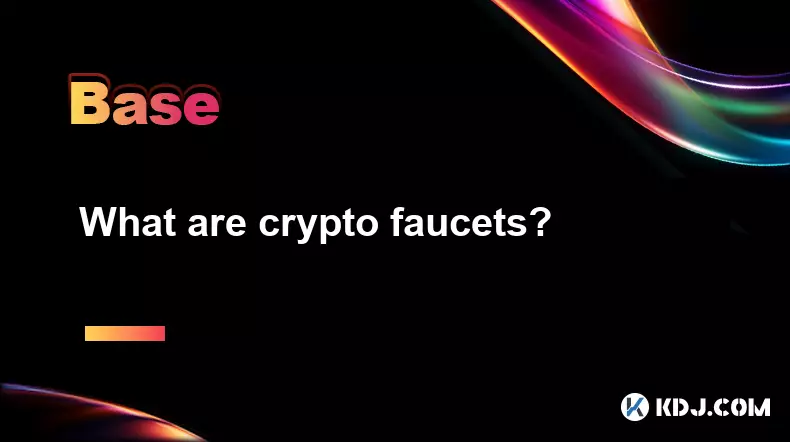
What are crypto faucets?
Aug 30,2025 at 08:10am
Understanding Crypto Faucets1. Crypto faucets are online platforms that distribute small amounts of cryptocurrency to users for completing simple task...

What are privacy coins?
Aug 30,2025 at 06:18am
Understanding Privacy Coins in the Cryptocurrency Ecosystem1. Privacy coins are a category of cryptocurrencies specifically designed to enhance transa...
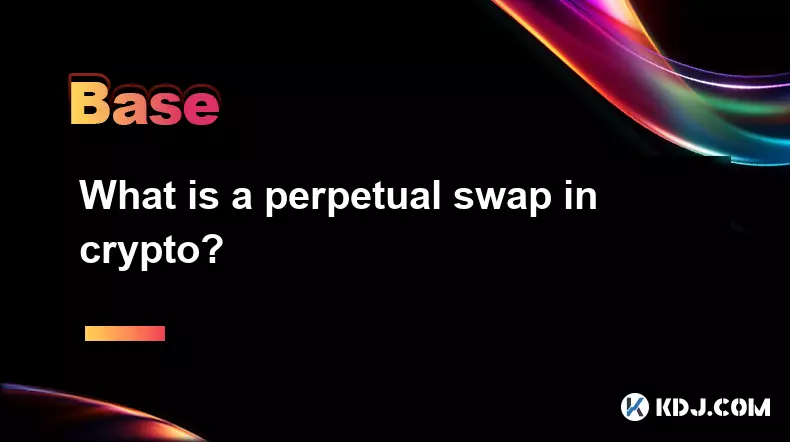
What is a perpetual swap in crypto?
Aug 30,2025 at 12:55am
Understanding Perpetual Swaps in the Cryptocurrency Market1. A perpetual swap is a type of derivative contract that allows traders to speculate on the...
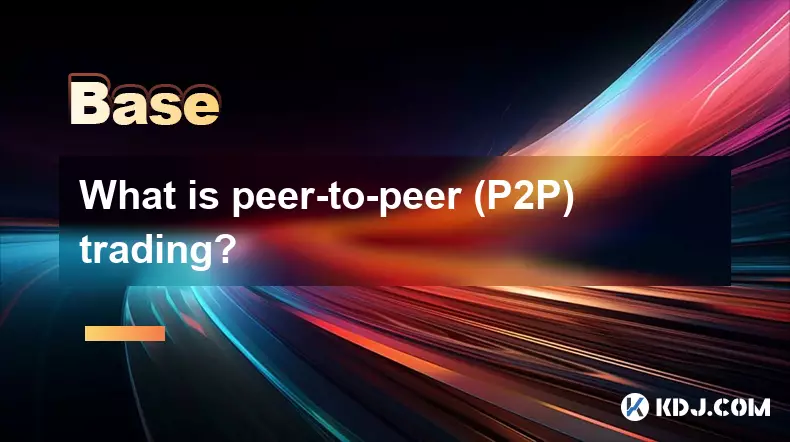
What is peer-to-peer (P2P) trading?
Aug 29,2025 at 11:00pm
Understanding Peer-to-Peer (P2P) Trading in the Cryptocurrency Ecosystem1. Peer-to-peer (P2P) trading refers to the direct exchange of digital assets ...

What is a crypto ATM and how do I use one?
Aug 29,2025 at 01:42pm
What Is a Crypto ATM?1. A crypto ATM is a physical kiosk that allows users to buy or sell cryptocurrencies using cash or a debit card. Unlike traditio...
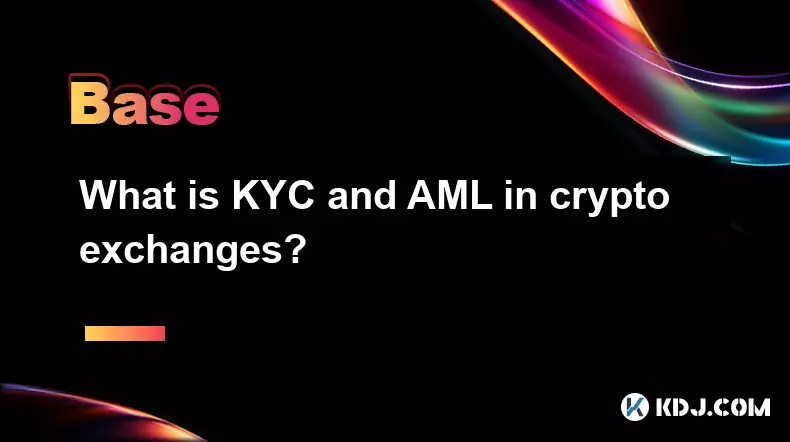
What is KYC and AML in crypto exchanges?
Aug 29,2025 at 09:00pm
Understanding KYC in Cryptocurrency Exchanges1. KYC, or Know Your Customer, is a mandatory verification process used by crypto exchanges to confirm th...

What are crypto faucets?
Aug 30,2025 at 08:10am
Understanding Crypto Faucets1. Crypto faucets are online platforms that distribute small amounts of cryptocurrency to users for completing simple task...

What are privacy coins?
Aug 30,2025 at 06:18am
Understanding Privacy Coins in the Cryptocurrency Ecosystem1. Privacy coins are a category of cryptocurrencies specifically designed to enhance transa...

What is a perpetual swap in crypto?
Aug 30,2025 at 12:55am
Understanding Perpetual Swaps in the Cryptocurrency Market1. A perpetual swap is a type of derivative contract that allows traders to speculate on the...

What is peer-to-peer (P2P) trading?
Aug 29,2025 at 11:00pm
Understanding Peer-to-Peer (P2P) Trading in the Cryptocurrency Ecosystem1. Peer-to-peer (P2P) trading refers to the direct exchange of digital assets ...

What is a crypto ATM and how do I use one?
Aug 29,2025 at 01:42pm
What Is a Crypto ATM?1. A crypto ATM is a physical kiosk that allows users to buy or sell cryptocurrencies using cash or a debit card. Unlike traditio...

What is KYC and AML in crypto exchanges?
Aug 29,2025 at 09:00pm
Understanding KYC in Cryptocurrency Exchanges1. KYC, or Know Your Customer, is a mandatory verification process used by crypto exchanges to confirm th...
See all articles


























